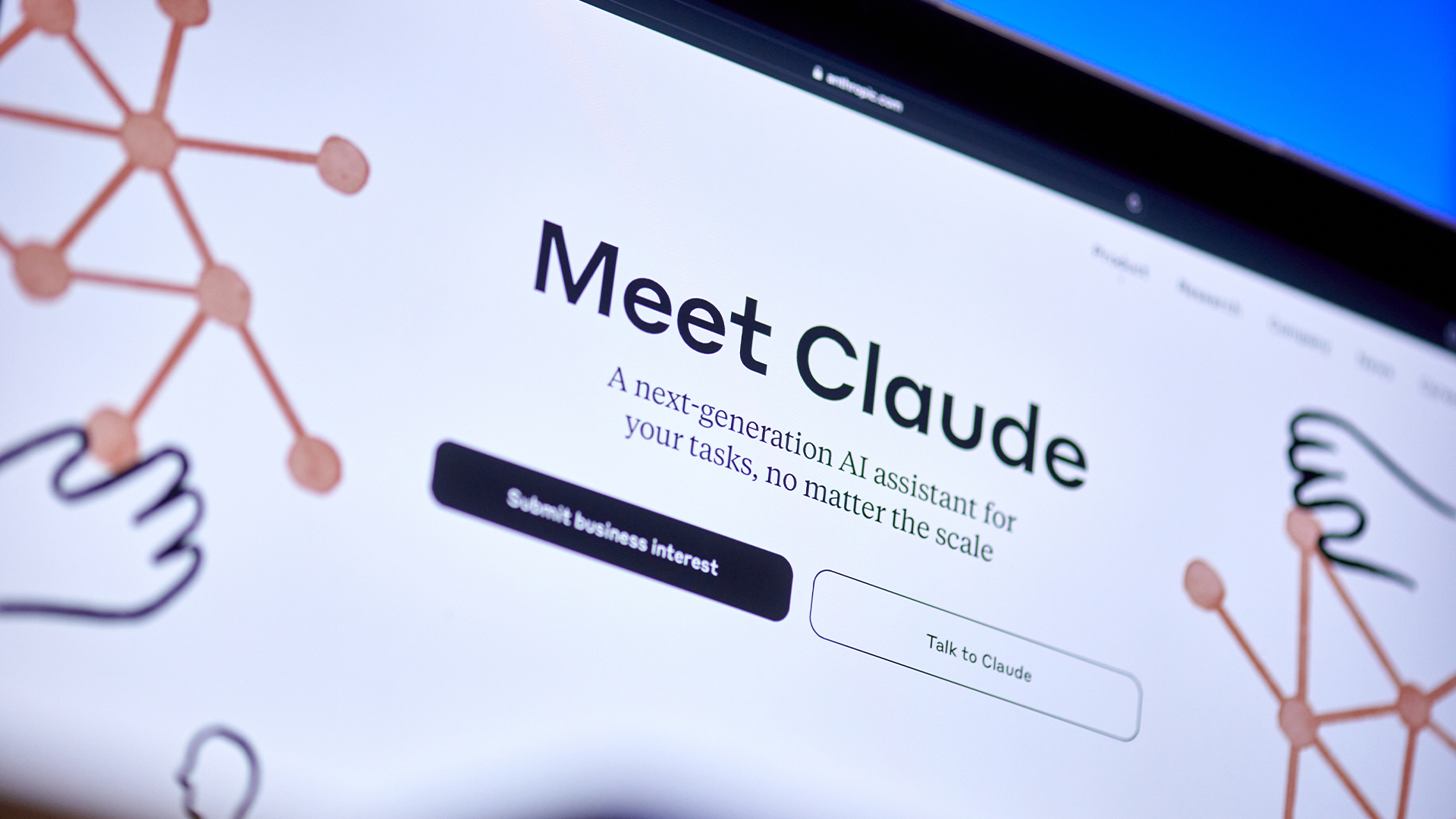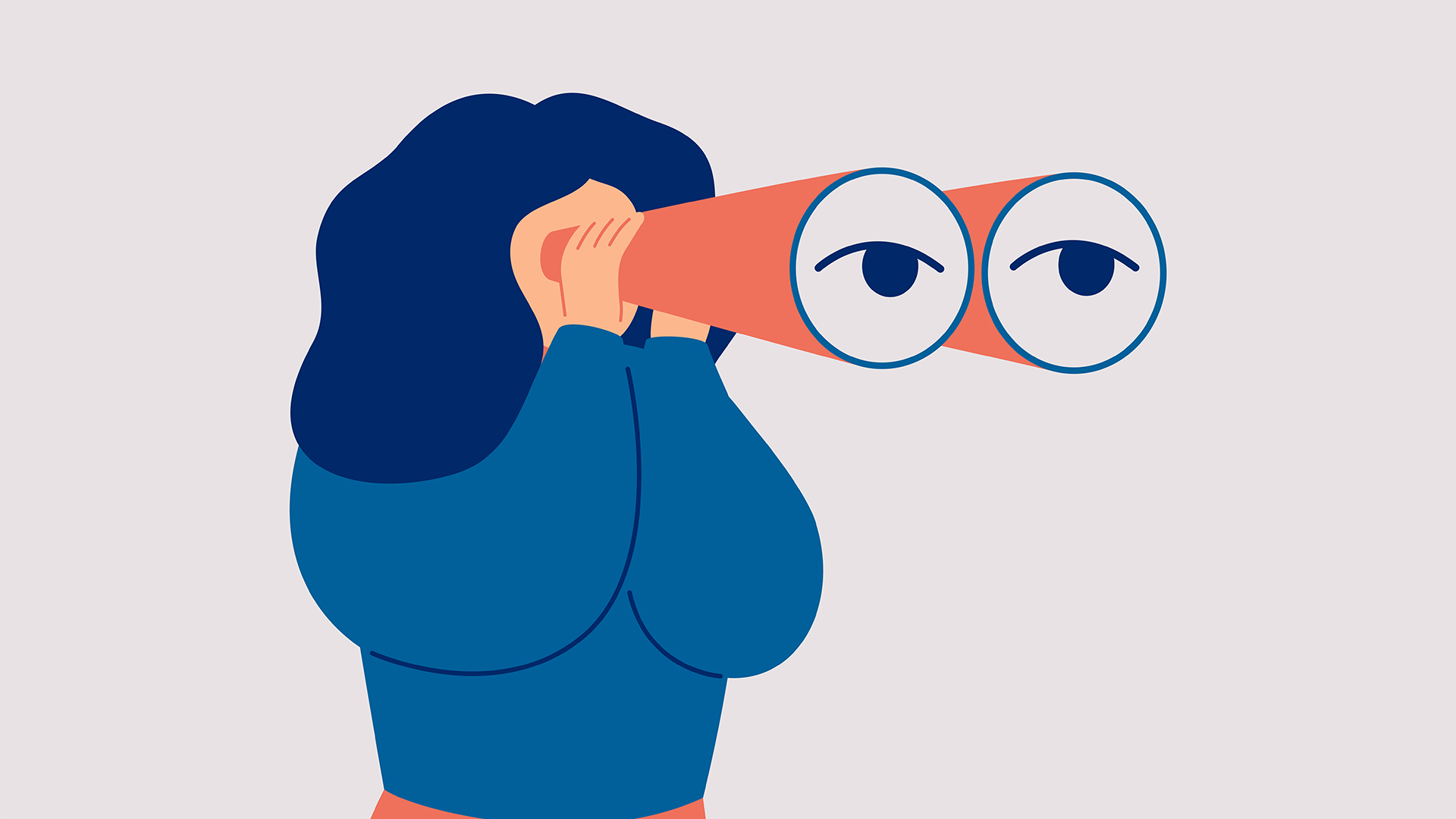7 UX skills every designer should have
It takes a lot more than just impeccable design skills to attract visitors to a website

User experience (UX) design examines what makes a website, or platform, visually appealing and functional for users.
UX design school involves combining technology with psychology and aesthetics to predict and improve the pathways users might take. These journeys start as soon as a user makes first contact with the site, and finishes when they leave. Due to this, UX designers usually work to find novel answers to tricky questions, determining, for example, how simple the journey is if a user has a specific aim in mind, or the best image to text ratio.
UX design can have a huge impact on how a website performs when it comes to traffic or sales. For example, Time.com introduced a continuous scrolling feature in 2014, which resulted in a smoother user experience and a 15% drop in the bounce rate - highlighting how even minor changes can lead to major improvements.
Instead of just creating a pleasing UI, UX designers need more than design skills as they aspire to improve the wider user journey. This could be through balancing visual elements with text, or addressing pain points. UX designers must also boost a site’s conversion rate and aid businesses in achieving their online targets. Let's take a look at some of these in-depth.
1. Conducting UX research

Every UX designer needs to also be an effective researcher.
Before setting out on the task of designing a website, a designer first needs to conduct thorough research to establish the target audiences’ needs. Quantitative and qualitative data obtained through feedback mechanisms can serve as a gold standard when it comes to creating user-centric websites.
Using surveys, questionnaires, and open-ended interviews, a UX designer can determine customer pain points are and how to solve them. Backing the design with validated UI elements can also reduce bounce and exit rates.
Sign up today and you will receive a free copy of our Future Focus 2025 report - the leading guidance on AI, cybersecurity and other IT challenges as per 700+ senior executives
2. Developing information architecture
Any website can be beautiful, but it can never overcome unclear messaging. Well-designed information architecture allows users to quickly find the information they need, boosting interaction.
When working on information architecture, UX designers need to have a keen eye for detail, and be able to analyze how much and what kind of information each website must contain. They also need to know how to categorize that information, and offer up the the best way to present it. A UX developer may also apply machine learning to deliver personalized, context-based information to a diverse clientele.
3. Creating wireframes
A wireframe is a two-dimensional illustration of a website’s interface comprising symbols, lines, and arrows as indicators of interactivity. The illustrations specifically focus on content hierarchy, white space allocation, page functionalities, and intended user behaviors.
They also happen to be one of the most important tools for developing or improving webites, and every UX designer needs to know how to get the most out of them.
Because wireframes are conceptual, UX designers can use them to explore design ideas before making any concrete decisions about the website’s overall structure.
4. Rapid prototyping
RELATED RESOURCE

Once a wireframe is approved, app prototyping occurs, giving the website a preliminary body.
This simulation mimics the final product, allowing the design team to run tests and offer input. Prototypes may also undergo iterations based on a client’s feedback.
By and large, adjustments are made before the development process begins to keep costs low. That said, it’s not uncommon to incur changes in the development stage.
Some useful tools for creating UX design prototypes include Invision, Axure Origami Studio, and Adobe XD. UX designers should be familiar with all of these.
5. Coding

While UX designers aren’t expert coders, knowing the basics of front-end development technologies, such as HTML and CSS, allows UX designers to make iterative website changes without a developer’s help.
The skillset can come in handy when time is of the essence. Furthermore, understanding the underlying technology and its limitations can help reduce the number of design iterations and the number of tests.
6. Responsive design
A responsive web design allows users to view a website from any device, regardless of its screen size.
The fluidity comes from cascading style sheets (CSS) that alter websites’ design based on the target device. Understanding how responsive design works is instrumental for improving accessibility, especially given the growing popularity of surfing the internet on mobile devices.
MailChimp discovered a 5-15% increase in click rates following a responsive design that changed the display type, width, and height of a website according to mobile screen size.
7. User testing
User testing, UX testing, or usability testing examines how real users react to a website. Effective testing can help identify issues, strengths, and opportunities for further enhancement. There are several ways to test a UX design, one of which is the popular tree testing method.
During the tree test, users navigate a series of topics, choosing a heading and then a list of subtopics on a simplified, scaled-down text version of a website. This helps determine how easily users can find the information they need when they visit the website for the first time.
Above all else, empathy is key
The key to UX design is empathy, and being able to deliver features and pathways that users might not ask for but that they actually do need. Incorporating compassion into the design process will ensure that UX designers instigate changes that actually improve a user’s journey when navigating a platform.
Co-founder of Nielsen Norman Group, and former VP of research at Apple, Don Norman put it well when he said: “It’s not enough that we build products that function, that are understandable and usable, we also need to build products that bring joy and excitement, pleasure and fun, and yes, beauty to people’s lives.”
-
 AI Infrastructure for Business Impact: Enabling Agentic Intelligence with Scalable Compute
AI Infrastructure for Business Impact: Enabling Agentic Intelligence with Scalable Computewhitepaper
-
 AWS pledges $50 billion to expand AI and HPC infrastructure for US government clients
AWS pledges $50 billion to expand AI and HPC infrastructure for US government clientsNews The company said an extra 1.3 gigawatts of compute capacity will help government agencies advance America’s AI leadership
-
 Want to get the most out of Anthropic’s Claude AI assistant? This new training course will give you prompt engineering tips and how to use Claude Code
Want to get the most out of Anthropic’s Claude AI assistant? This new training course will give you prompt engineering tips and how to use Claude CodeNews New Coursera specializations aim to help Claude users of all levels brush up on their skills
-
 AI is redefining roles in the tech industry and forcing Gen Z workers to reassess career paths
AI is redefining roles in the tech industry and forcing Gen Z workers to reassess career pathsNews Gen Z workers remain cautious about AI while industry turbulence is changing their outlook on company loyalty
-
 Databricks wants to train 100,000 people in AI across the UK and Ireland – here's how to get involved
Databricks wants to train 100,000 people in AI across the UK and Ireland – here's how to get involvedNews The company will work with government and academic institutions to bolster AI and data skills
-
 IT and business pros call for more tech training
IT and business pros call for more tech trainingnews Projects are being abandoned thanks to a lack of tech skills
-
 Enterprises are concerned about ‘critical shortages’ of staff with AI ethics and security expertise
Enterprises are concerned about ‘critical shortages’ of staff with AI ethics and security expertiseNews Tech leaders are reporting higher demand for AI literacy and “human skills”
-
 Rampant skills gaps should be a ‘wake-up call for every leader’ as AI, tech talent shortages hamper growth
Rampant skills gaps should be a ‘wake-up call for every leader’ as AI, tech talent shortages hamper growthNews AI and broader tech skills are two of the three biggest headaches for tech leaders
-
 These are the UK industries facing the biggest digital skills gaps in 2025
These are the UK industries facing the biggest digital skills gaps in 2025News Analysis of job vacancies shows that the digital economy is accelerating too quickly for the workforce to keep up with
-
 These are the top 'soft skills' your business needs to succeed with AI
These are the top 'soft skills' your business needs to succeed with AINews Technical capabilities can only take a business so far with AI adoption, according to Multiverse